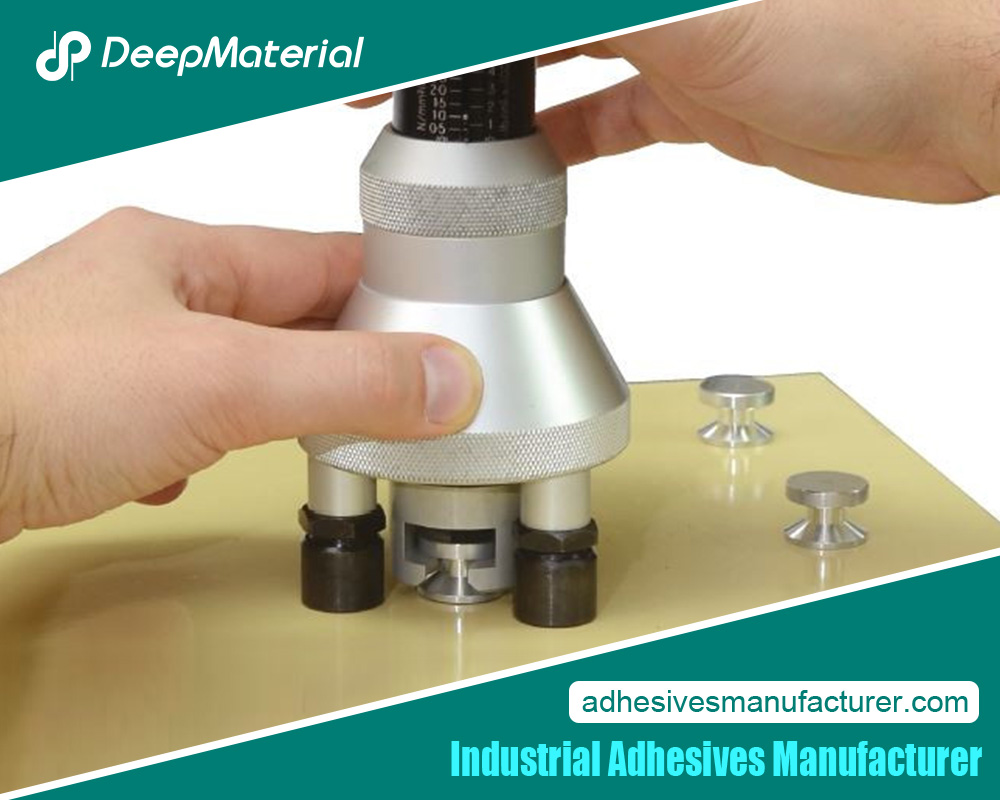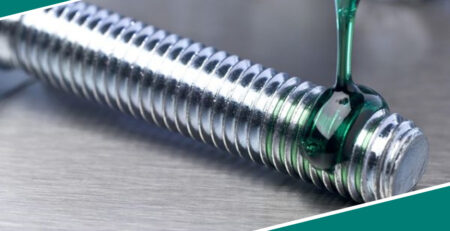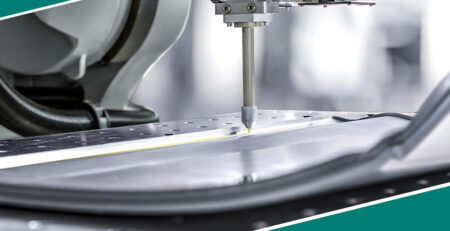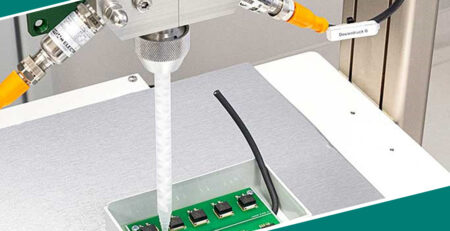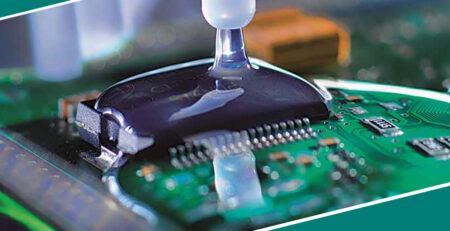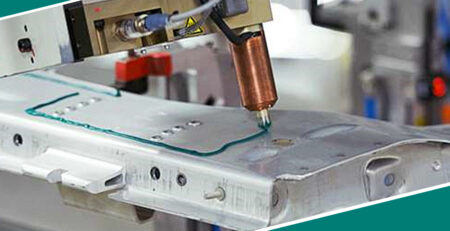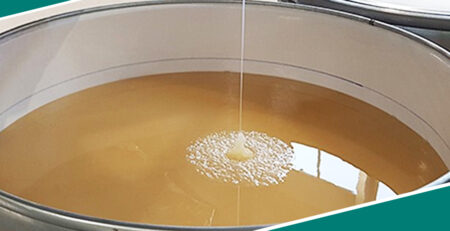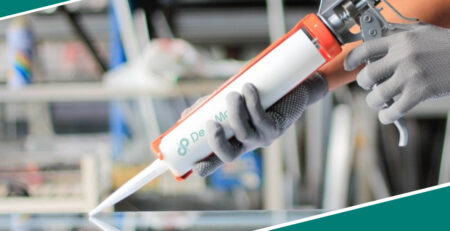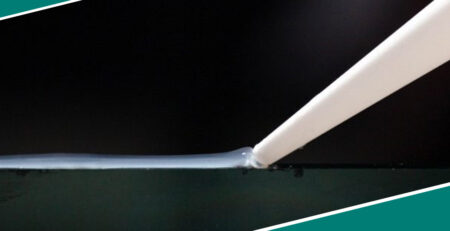The Ultimate Guide to Using 2 Part Epoxy Adhesive for Concrete: Benefits, Applications, and Best Practices
The Ultimate Guide to Using 2 Part Epoxy Adhesive for Concrete: Benefits, Applications, and Best Practices
Selecting a suitable adhesive is critical for construction and repair work involving concrete. Concrete structures often require robust bonding solutions that withstand harsh conditions, heavy loads, and long-term wear. Among the various options available, a 2 Part epoxy adhesive for concrete stands out as one of the most influential and versatile bonding agents. This comprehensive guide explores the key benefits, applications, and best practices for using 2 Part epoxy adhesive in concrete projects, helping you achieve strong, durable, and lasting results.
Critical Benefits of 2 Part Epoxy Adhesive for Concrete
- Exceptional Bond Strength: 2 Part epoxy adhesives are renowned for their superior bond strength, making them ideal for high-load applications.
- Chemical and Environmental Resistance: These adhesives can withstand exposure to chemicals, moisture, and extreme temperatures, ensuring durability in harsh conditions.
- Versatility in Applications:Suitable for various concrete applications, from structural repairs to industrial flooring installations.
- Fast Curing Time: Epoxy adhesives often cure quickly, allowing projects to proceed with minimal downtime.
- Long-Term Durability: The cured bond remains strong and resilient, providing a lasting solution for concrete repairs and construction.
Common Applications of 2 Part Epoxy Adhesive for Concrete
Structural Repairs and Reinforcements
Concrete structures, whether buildings, bridges, or pavements, are subject to wear, damage, and degradation over time. 2 Part epoxy adhesives play a crucial role in structural repairs by providing a strong bond that restores the integrity of the damaged concrete. This includes:
- Crack Repair: Filling and sealing cracks in concrete surfaces to prevent further damage and restore structural integrity.
- Spall Repair: This involves bonding new concrete to the affected area to address surface spalling caused by freeze-thaw cycles, impact, or corrosion.
- Column and Beam Reinforcement: Strengthening weakened or damaged columns and beams with epoxy-bonded materials to enhance load-bearing capacity.
Industrial Flooring and Coatings
In industrial settings, flooring is often exposed to heavy machinery, chemicals, and constant foot traffic. 2 Part epoxy adhesive is commonly used in the installation and repair of concrete floors, offering benefits such as:
- Chemical Resistance: Protecting the floor from damage caused by spills of oils, acids, and other industrial chemicals.
- Abrasion Resistance: Providing a durable surface that can withstand the wear and tear of heavy equipment and frequent cleaning.
- Seamless Finish: Creating a smooth, joint-free surface that is easy to clean and maintain, ideal for hygienic environments like food processing plants.
Anchoring and Fastening Systems
Anchoring and fastening systems are essential when securing heavy machinery, equipment, or structural components to concrete. 2 Part epoxy adhesives anchor bolts, rebar, and other fixtures into concrete, ensuring a secure and stable connection. This includes:
- Anchor Bolts: Embedding anchor bolts into concrete for mounting machinery, steel columns, or other heavy components.
- Rebar Doweling: Bonding rebar into drilled holes in concrete to create a reinforced connection between new and existing concrete structures.
- Fastening Systems: Using epoxy adhesives to secure railings, fencing, and other installations to concrete surfaces.
Waterproofing and Moisture Control
Concrete is naturally porous, which can lead to issues with water infiltration and moisture damage. 2 Part epoxy adhesives are often used in waterproofing applications to create a moisture-resistant barrier on concrete surfaces. Applications include:
- Basement Waterproofing: Applying epoxy coatings to concrete basement walls and floors to prevent water seepage and mold growth.
- Swimming Pool Repairs: Sealing cracks and joints in concrete swimming pools to prevent water leakage.
- Foundation Sealing:Coating concrete foundations with epoxy to protect against groundwater intrusion and soil moisture.
Bridge and Infrastructure Maintenance
Bridges, highways, and other infrastructure elements are subjected to continuous stress and environmental exposure. 2 Part epoxy adhesives are essential for maintaining and extending the life of these structures. Common applications include:
- Bridge Deck Repair: Restoring damaged or worn bridge decks by bonding new concrete overlays to the existing structure.
- Expansion Joint Sealing: Sealing expansion joints in concrete bridges and highways to accommodate movement and prevent water infiltration.
- Surface Coatings: Protective epoxy coatings are applied to concrete surfaces exposed to de-icing salts, chemicals, and heavy traffic.
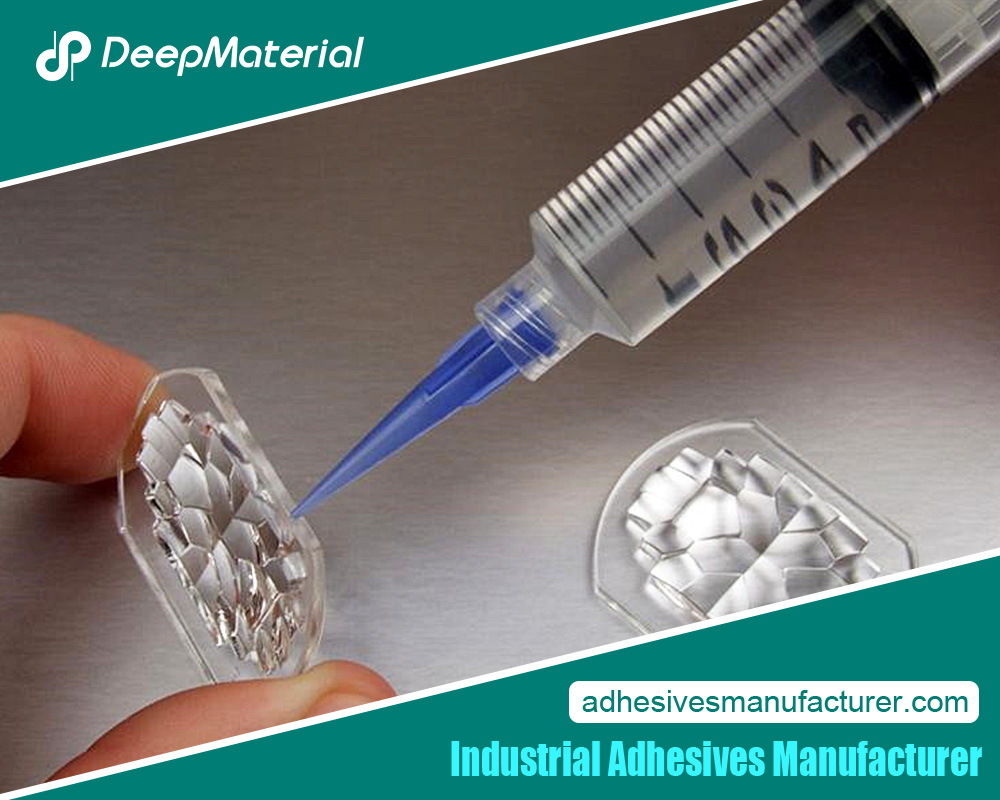 How to Apply 2 Part Epoxy Adhesive for Concrete: Best Practices
How to Apply 2 Part Epoxy Adhesive for Concrete: Best Practices
Surface Preparation
Proper surface preparation is critical to achieving a solid bond with a 2 Part epoxy adhesive. Follow these steps:
- Clean the Surface: Use a wire brush, grinder, or pressure washer to remove dirt, dust, grease, or loose material from the concrete surface.
- Dry the Surface: Ensure the surface is completely dry before applying the adhesive to prevent moisture from interfering with the bond.
- Roughen the Surface: Lightly roughen the concrete surface with a grinder or sandpaper to create a better mechanical bond.
Mixing the Adhesive
Accurate mixing of the resin and hardener is essential for the adhesive to perform as expected:
- Follow Manufacturer’s Instructions: Always adhere to the mixing ratios and instructions the adhesive manufacturer provides.
- Use a Clean Mixing Container: Mix the two components in a clean, dry container to avoid contamination.
- Mix Thoroughly: Stir the components together thoroughly, ensuring a uniform mixture to avoid weak spots in the bond.
Application Techniques
The application process may vary depending on the specific project, but some general guidelines include:
- Apply Evenly: Use a trowel, brush, or roller to apply the adhesive evenly over the prepared concrete surface.
- Work Quickly: Epoxy adhesives can begin to set rapidly, so apply the glue as soon as it is mixed.
- Check Thickness:Ensure that the adhesive is applied to the correct thickness as specified by the manufacturer.
Curing Process
The curing process is crucial to achieving the full strength of the epoxy bond:
- Allow Sufficient Curing Time: Follow the manufacturer’s recommendations for curing time, which can vary depending on temperature and humidity.
- Protect the Surface: Keep the bonded area free from movement, moisture, and contaminants during curing.
- Check the Bond: After curing, inspect the bond to ensure it has set correctly and achieved the desired strength.
Factors to Consider When Choosing a 2 Part Epoxy Adhesive for Concrete
Type of Concrete
- Different types of concrete, such as precast, poured-in-place, or high-strength concrete, may require specific epoxy adhesive formulations. When selecting the adhesive, consider the concrete type and its intended use.
Environmental Conditions
- The conditions under which the epoxy is applied and cured can impact its performance. Factors such as temperature, humidity, and chemical exposure should be considered.
Load Requirements
- The anticipated load on the bonded area will influence the choice of epoxy adhesive. High-load applications may require adhesives with higher tensile and compressive strengths.
Application Method
- Epoxy adhesives are designed for different application methods, such as injection, troweling, or spraying. Choose an adhesive that is compatible with your chosen application method.
Curing Time
- Consider the project’s timeline and whether a fast-curing or slow-curing adhesive is more suitable. Some projects may require quick turnaround times, while others can accommodate longer curing periods.
Advantages of Using 2 Part Epoxy Adhesive Over Other Bonding Agents
- Stronger Bond: Compared to other adhesives, such as polyurethane or cement-based adhesives, 2 Part epoxy offers a stronger and more durable bond.
- Versatility: Epoxy adhesives can be used in various applications, from minor repairs to large-scale industrial projects.
- Resistance to Degradation: Epoxy is less likely to degrade over time when exposed to harsh environmental conditions, making it a reliable choice for long-term applications.
- Ease of Use: While mixing and application require care, epoxy adhesives are generally easy to use with proper preparation and following instructions.
- Customizable Properties: Manufacturers offer different formulations of epoxy adhesives tailored to specific needs, such as flexibility, thermal, or chemical resistance.
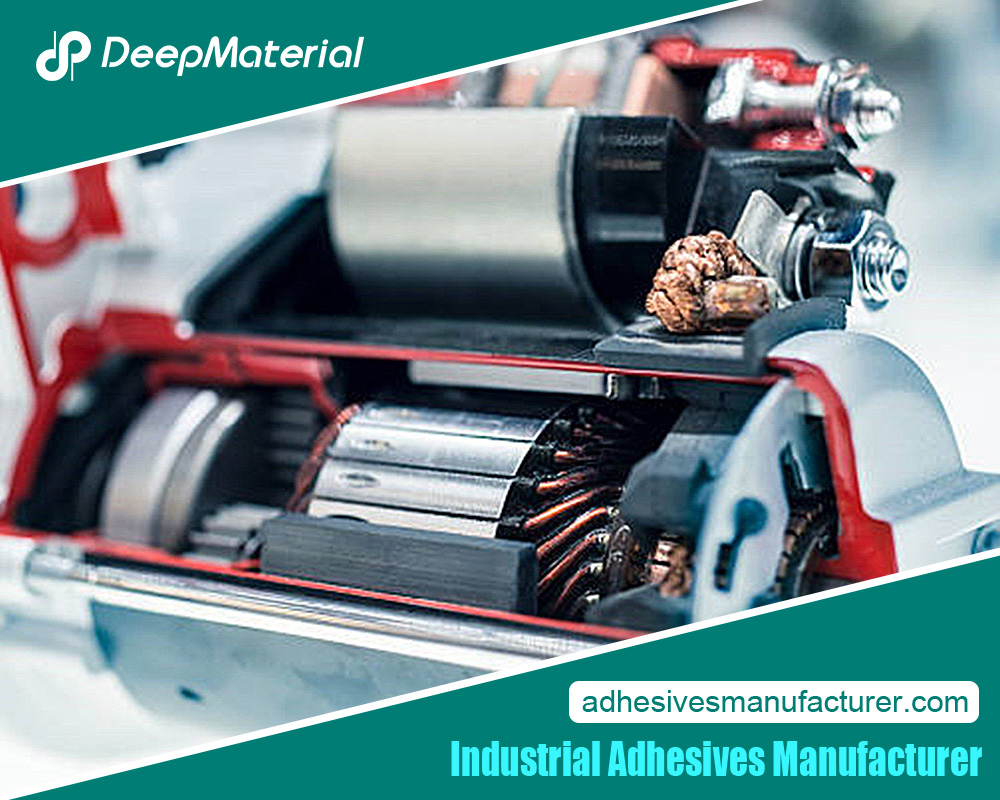 Conclusion
Conclusion
A 2 Part epoxy adhesive for concrete is indispensable in construction, repair, and maintenance projects. Its unparalleled bonding strength, resistance to environmental factors, and versatility make it the adhesive of choice for various applications, from structural repairs to industrial flooring. By understanding the benefits, applications, and best practices outlined in this guide, you can ensure the successful use of epoxy adhesive in your concrete projects, leading to long-lasting and durable results. Whether repairing a cracked driveway, installing industrial flooring, or maintaining critical infrastructure, 2 Part epoxy adhesive offers the performance and reliability needed to do the job correctly.
For more about choosing the ultimate guide to using 2 part epoxy adhesive for concrete: benefits, applications, and best practices, you can pay a visit to Deepmaterial at https://www.adhesivesmanufacturer.com/ for more info.

